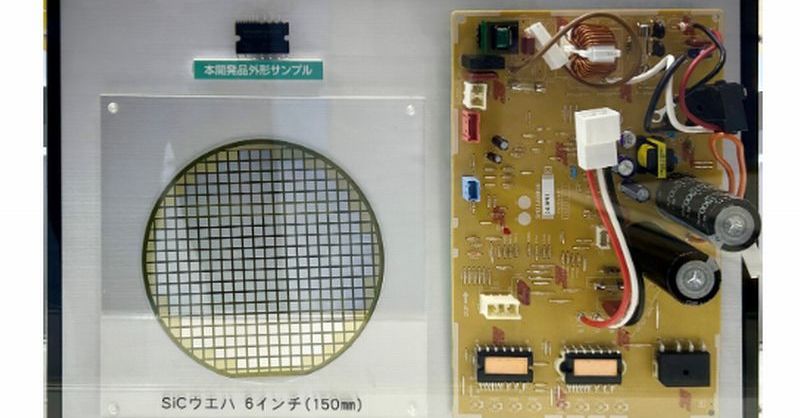Reduced Energy Consumption: SiC-Based IPM for AC
The global push for energy efficiency is driving innovation across various sectors, and the HVAC industry is no exception. Traditional AC units are notorious energy guzzlers, but a revolutionary technology is poised to significantly reduce their power consumption: Silicon Carbide (SiC)-based Intelligent Power Modules (IPMs). This article delves into the specifics of SiC-based IPMs and their transformative impact on air conditioning systems.
What are SiC-based IPMs and How Do They Work?
Traditional AC units rely on Insulated Gate Bipolar Transistors (IGBTs) for power conversion. However, IGBTs suffer from significant switching losses, leading to substantial energy waste. SiC-based IPMs offer a superior alternative. SiC, a wide-bandgap semiconductor, exhibits superior properties compared to silicon, including:
- Higher switching speeds: This drastically reduces switching losses, leading to greater efficiency.
- Higher breakdown voltage: Allows for smaller, more compact designs and reduced material costs.
- Higher operating temperature: Enables more robust and reliable operation in demanding environments.
These advantages translate to SiC-based IPMs achieving significantly higher efficiency rates than their IGBT counterparts. The IPM itself integrates multiple components, including SiC MOSFETs, gate drivers, and protection circuits, onto a single module, simplifying design and reducing overall system complexity. This integration also minimizes parasitic inductances and capacitances, further enhancing efficiency.
The Impact on AC Energy Consumption
The implications of this technology are profound. By significantly reducing switching losses, SiC-based IPMs can achieve:
- Lower energy bills: Consumers can expect noticeable savings on their electricity consumption.
- Reduced carbon footprint: Lower energy consumption directly translates to reduced greenhouse gas emissions.
- Improved system reliability: The higher operating temperature and improved switching characteristics contribute to enhanced system lifespan.
- Smaller and lighter AC units: The compact design of SiC-based IPMs allows for more space-efficient AC units.
SiC-Based IPMs: A Market Overview
The market for SiC-based IPMs is experiencing rapid growth, driven by increasing demand for energy-efficient solutions and advancements in SiC manufacturing technology. Major players in the power semiconductor industry are investing heavily in research and development, leading to continuous improvements in performance and cost-effectiveness. This increased competition is expected to further accelerate the adoption of SiC-based IPMs across various applications, including AC systems.
Future Trends and Challenges
While the benefits are clear, challenges remain. The higher initial cost of SiC-based IPMs compared to IGBT-based solutions is a significant hurdle. However, ongoing technological advancements and economies of scale are gradually addressing this issue. Furthermore, the need for specialized design expertise and manufacturing infrastructure presents an initial barrier to widespread adoption.
Conclusion: A Cooler, Greener Future
SiC-based IPMs represent a significant leap forward in air conditioning technology. Their superior efficiency, reduced size, and enhanced reliability promise a future of significantly lower energy consumption and a reduced environmental impact. While challenges remain, the long-term benefits are undeniable, making SiC-based IPMs a key player in the ongoing quest for a more sustainable future. For more information on energy-efficient technologies, explore resources like [link to a relevant government energy agency website] and [link to a reputable industry association website].
